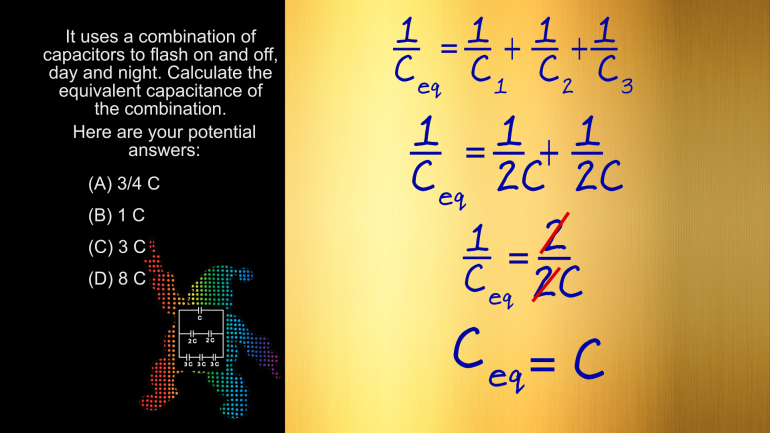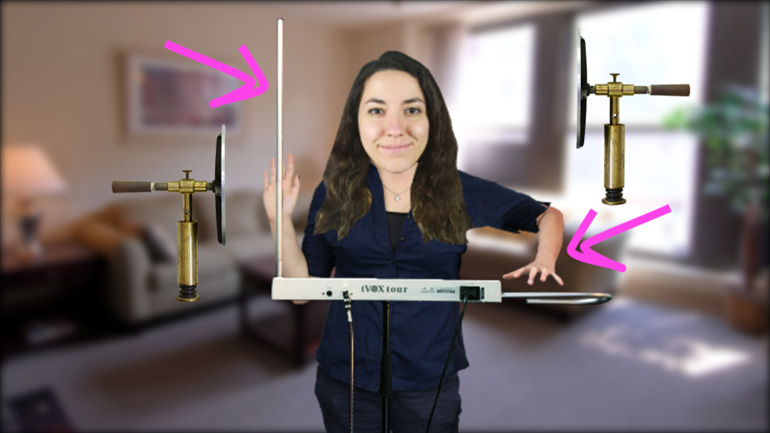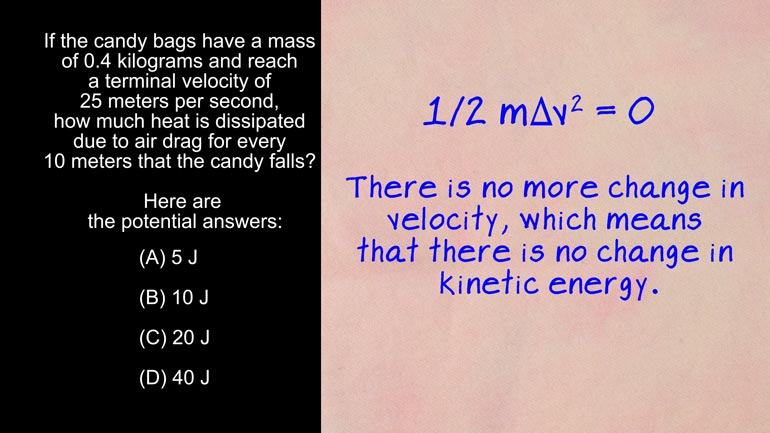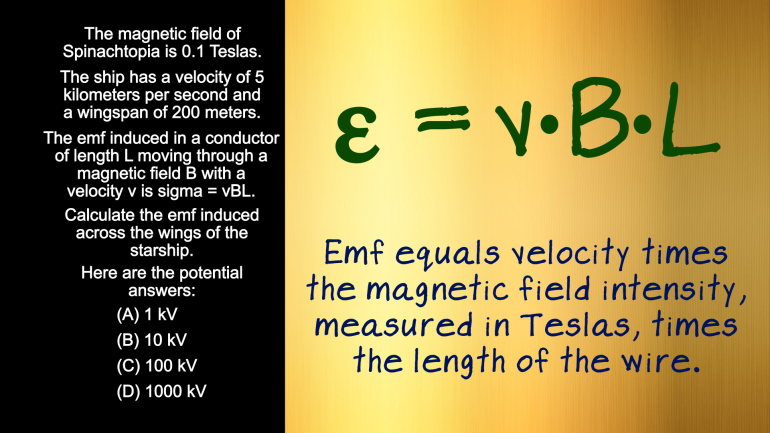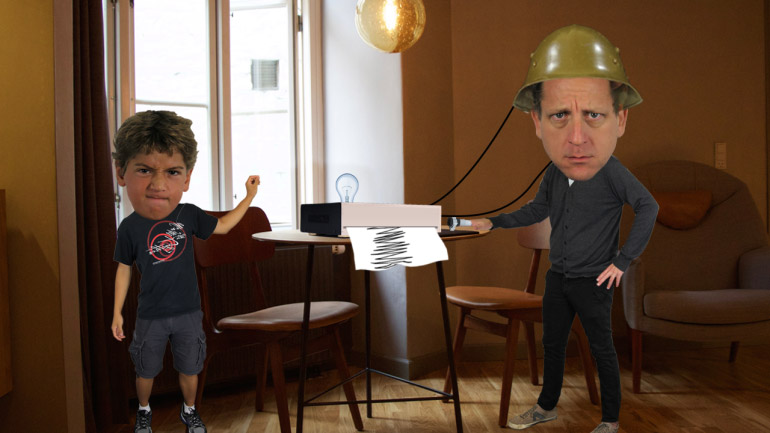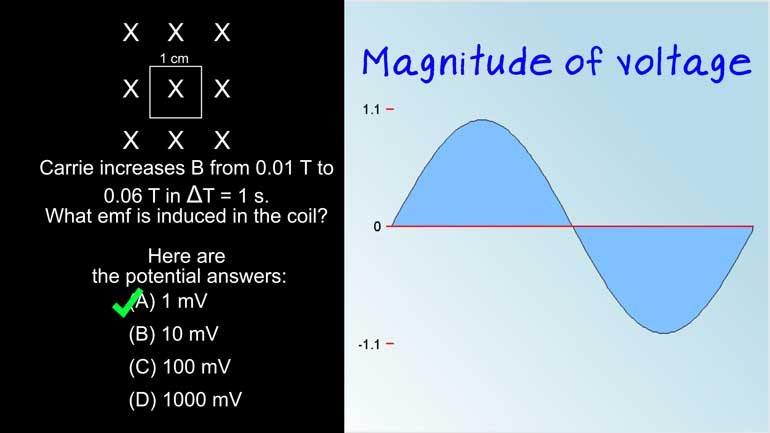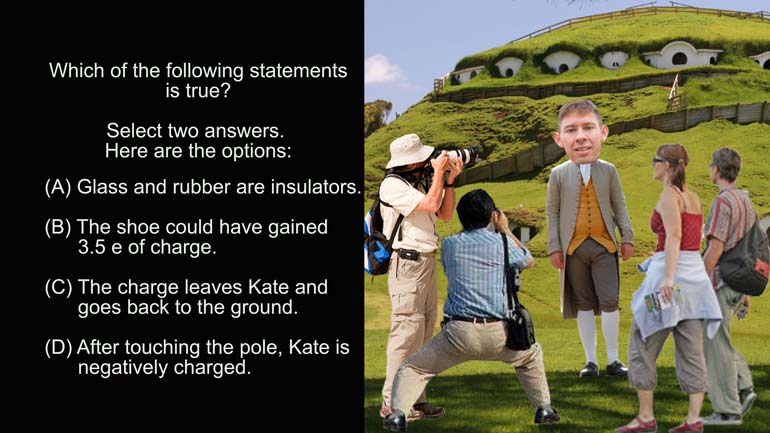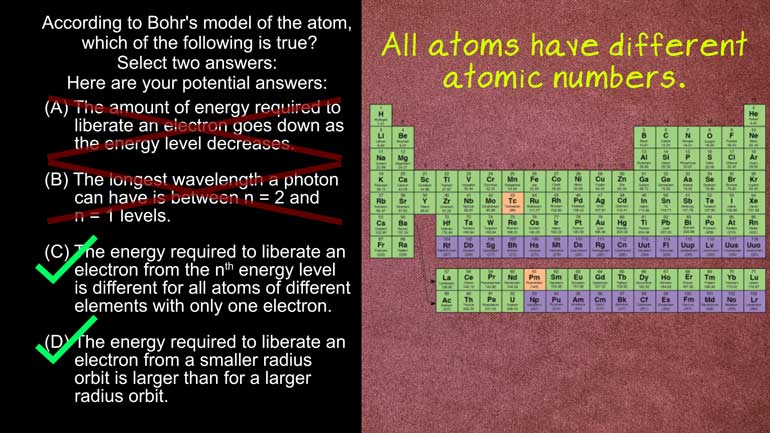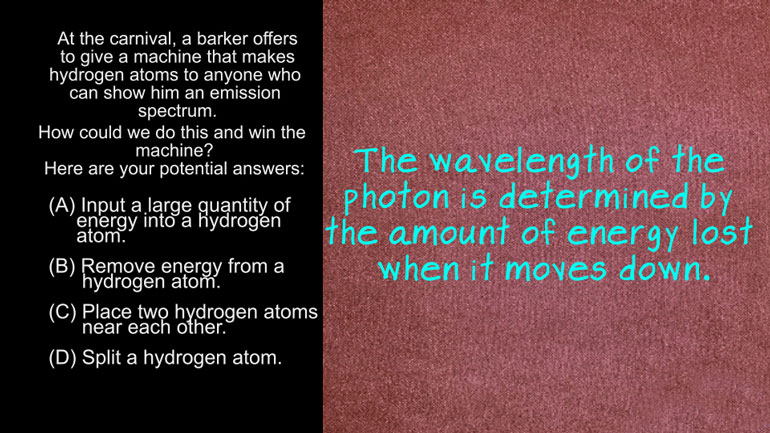ShmoopTube
Where Monty Python meets your 10th grade teacher.
Search Thousands of Shmoop Videos
Systems Interactions and Changes Videos 9 videos
AP Physics 2: 2.1 Systems Interactions and Changes. Calculate the equivalent capacitance of the combination.
AP Physics 2: 1.2 Systems Interactions and Changes. What's the approximate magnitude of the charge on each plate?
AP Physics 2: 1.1 Systems Interactions and Changes. How much heat is dissipated due to air drag as the candy falls?
AP Physics 2: 2.1 Systems Interactions and Changes 0 Views
Share It!
Description:
AP Physics 2: 2.1 Systems Interactions and Changes. Calculate the equivalent capacitance of the combination.
Transcript
- 00:04
Here's your shmoop du jour brought to you by christmas lights
- 00:06
bringing holiday joy the utility companies everywhere. Helen takes great [Christmas lights in a street and a building man appears]
- 00:11
pride in her home's Christmas light display, it's talk of the town and not always [Helen showing her christmas light display and people laugh]
- 00:16
in a good way this year's monstrosity features disco Santa shimmying to a
- 00:21
terrifyingly annoying tune take a look at the display here it uses a [A disco santa shimmying in different colors]
Full Transcript
- 00:26
combination of capacitors to flash on and off day and night yeah like that
- 00:31
calculate the equivalent capacitance of the combination all right here the
- 00:35
potential answers ....all right well we say good for Helen everyone needs a hobby [A man pointing to a Netflix program on TV]
- 00:41
and kudos to her for rigging up her own electric works nothing like a [Helen electrocuted by a disco santa]
- 00:46
do-it-yourself neighborhood eyesore. Well to solve this question we just need to
- 00:50
do a little addition of the parallel capacitors and for the capacitors in
- 00:54
series we need to add their inverses well the inverse of the total [multiple capacitors and their inverses appear above]
- 00:59
capacitance equals the sum of the inverse of the inverses of the
- 01:03
individual capacitors. Second row has two capacitors each with a capacitance of 2C
- 01:08
when we add the inverses we find that the second line has a 1C
- 01:13
capacitance and we do the same with the third row.. now we can look at these as
- 01:19
three parallel capacitors and add them up with our finely honed math skills [Three capacitors parallel]
- 01:24
we're able to add up one plus one plus one to find a total equivalent [Disco Santa pointing to a maths equation]
- 01:29
capacitance of 3C making the correct answer option C so keep on
- 01:36
dancing Santa at least until one of the neighbors pulls the plug [Neighbor with Grinch face pulls the plug on the Disco Santa]
- 01:41
Related Videos
AP Physics 2: 1.1 Properties of Objects and Systems. What is the magnitude and direction of the conventional current in this wire?
AP Physics 2: 1.5 Properties of Objects and Systems. According to the Bohr's model of the atom, which of the following are true?
AP Physics 2: 2.2 Properties of Objects and Systems. What will happen as the robot son moves the sponge near (but doesn't touch) the plate?
AP Physics 2: 2.4 Properties of Objects and Systems. How could you show the carnival barker an emission spectrum?
